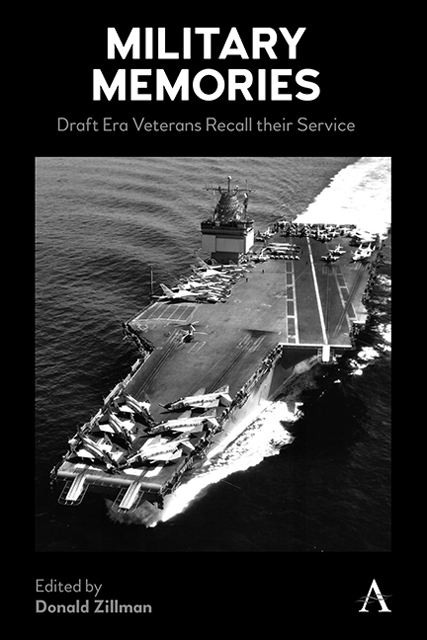Chapter A - The Draft and The All-Volunteer Force
Published online by Cambridge University Press: 13 January 2023
Summary
What are the lessons of America's experience with mandatory military service as we approach the second quarter of the twenty-first century? Almost a half century has passed since the end of the draft and the beginning of reliance on an All-Volunteer Force in 1973. That period can be contrasted with the 35 years (1917–18 and 1940–73) in which America mandated at least the possibility of military service for young men. All of the authors of this book served in the military in the final decade of mandatory military service. Let us compare the two eras.
The Draft Eras
America relied on mandatory military service to fight WW I, WW II, most of the long Cold War with the Soviet Union, the Korean War and the Vietnam War. The first four conflicts involved combat or potential combat against powerful enemies with military capabilities similar to that of the United States. WW I and WW II ended in victory for America and her Allies. The Cold War helped to avoid a shooting war between the world's two major nuclear powers and helped set the stage for the collapse of the Soviet Union in 1989. The Korean War, which began with an invasion of South Korea by Communist North Korea, had limited objectives of preserving the status quo between the two Koreas. It achieved that goal, albeit at considerable cost.
Only the Vietnam War ended in a failure of American objectives as Communist North Vietnam gained control of all of Vietnam two years after the United States withdrew its military support of the South Vietnamese government. The war's unpopularity in its later stages prompted candidate and President Richard Nixon to favor ending the draft and replacing it with the All-Volunteer Force. Flawed as he was, Nixon properly sensed that popular sentiment about the war was driven in considerable measure by objection to the draft. As the risk of being drafted abated participation in antiwar protests waned.
The All-Volunteer Force Era
The 50 years of the All-Volunteer Force has seen fewer serious military challenges to the United States than during the draft eras. The collapse of the Soviet Union in 1989 through 1991 can be attributed in part to America's willingness to continue its leadership of NATO and other multinational efforts to limit possible Soviet expansion. The major armed conflicts of this era centered in the Middle East and Afghanistan.
- Type
- Chapter
- Information
- Military MemoriesDraft Era Veterans Recall their Service, pp. 155 - 158Publisher: Anthem PressPrint publication year: 2022

